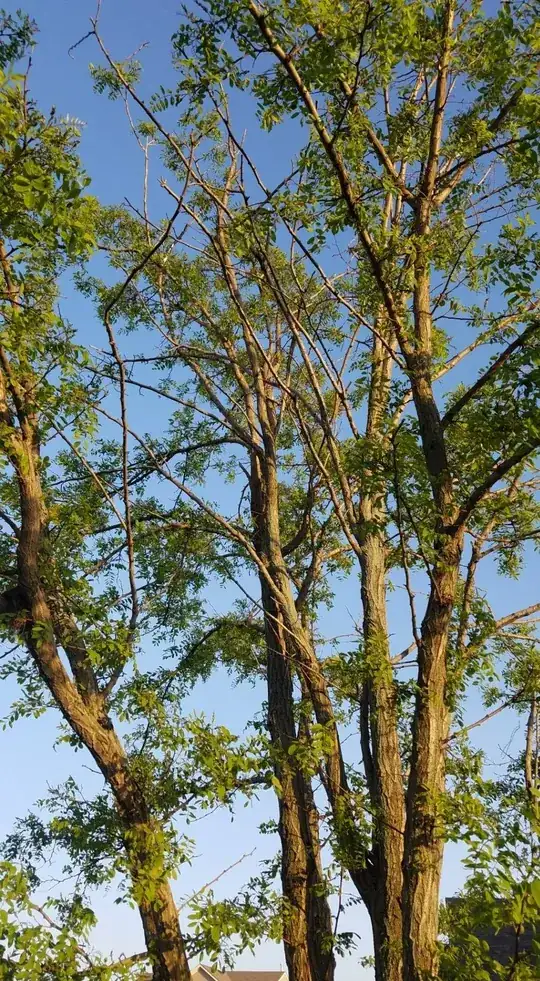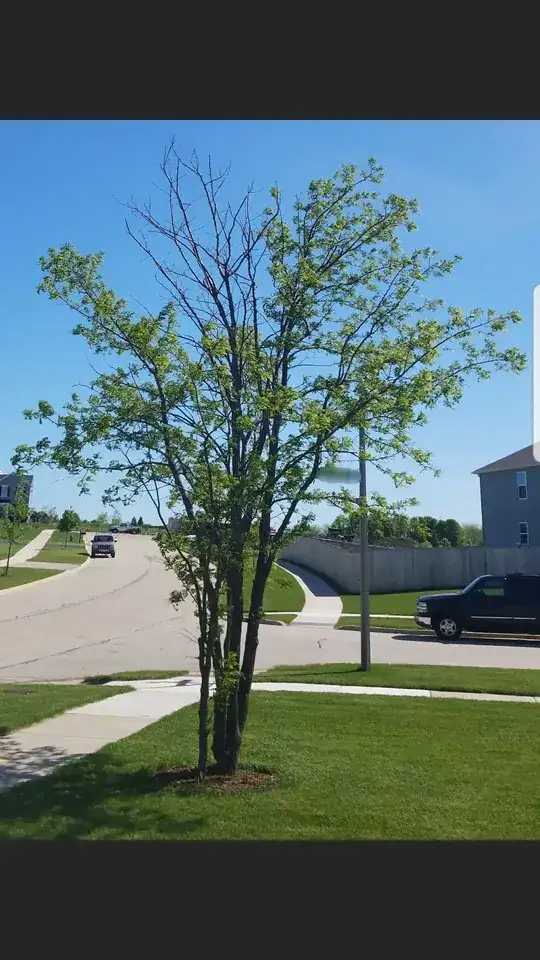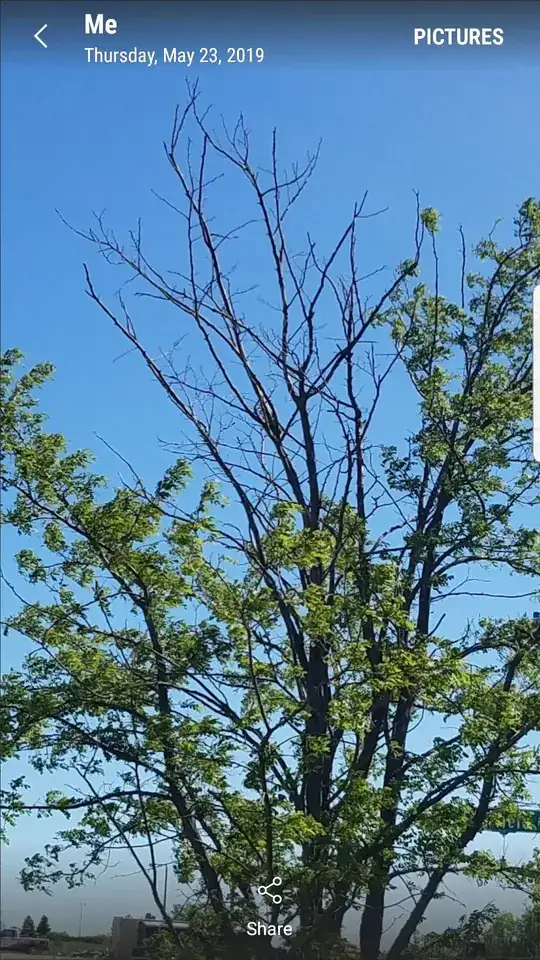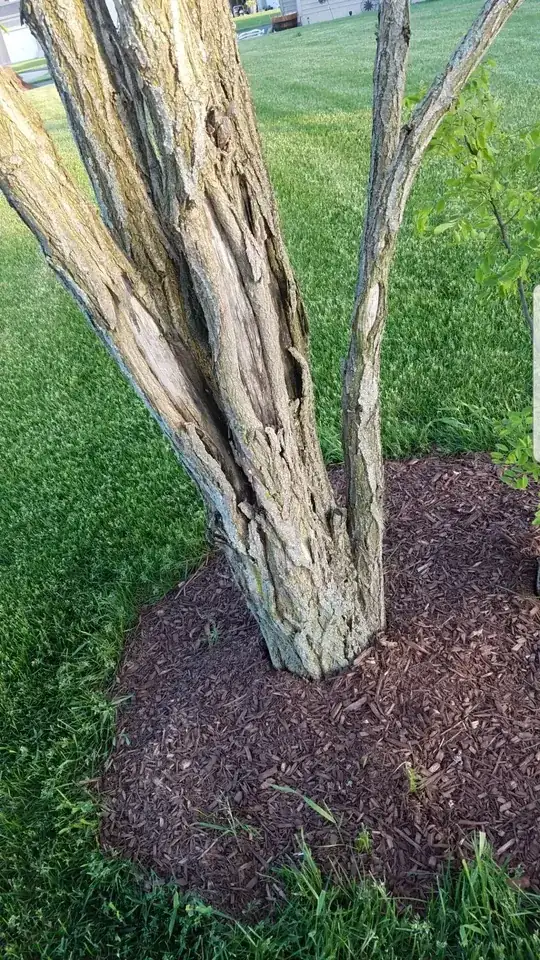I live in Illinois, and have a new construction home (I moved in April 2016). This tree was left and original to the land. Not sure what kind it is. The first year I moved in it was fine through fall.
Winter, I hung some Christmas lights, and large shaped Christmas light bulb ornaments. It gets windy, so I'm not sure if this area was damaged from stringing lights and possibly cracking branches while blowing in the wind.. but it seems to be limited to one area, like a damaged root.
Should I cut off this dead area? If so how far back?
I will say, last year was first i noticed this, and it seemed the leaves were not as full last year, as the year before, and also last year had this area of no leaves. But this year, the leaves seem fuller. Like the first season i moved in. But just this area of no leaves.
What could be happening with this tree?
Update
Here are some additional images:
Picture of first summer after home construction.
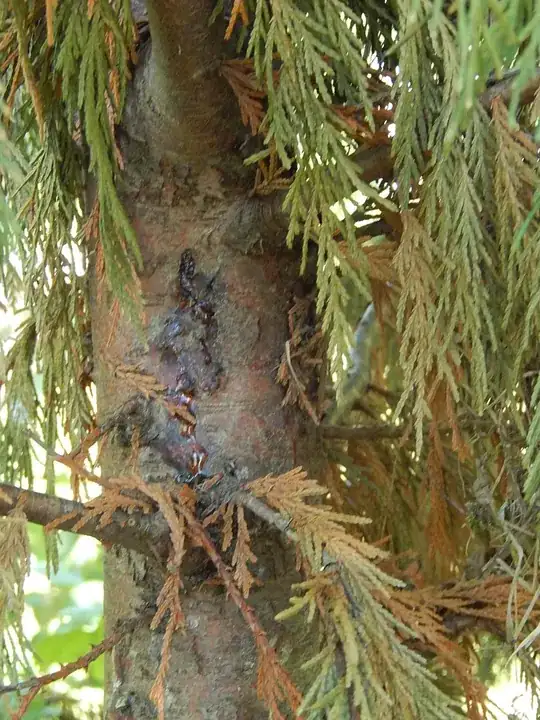
Picture of (possibly) dead branch coming from lower trunk going to top.
